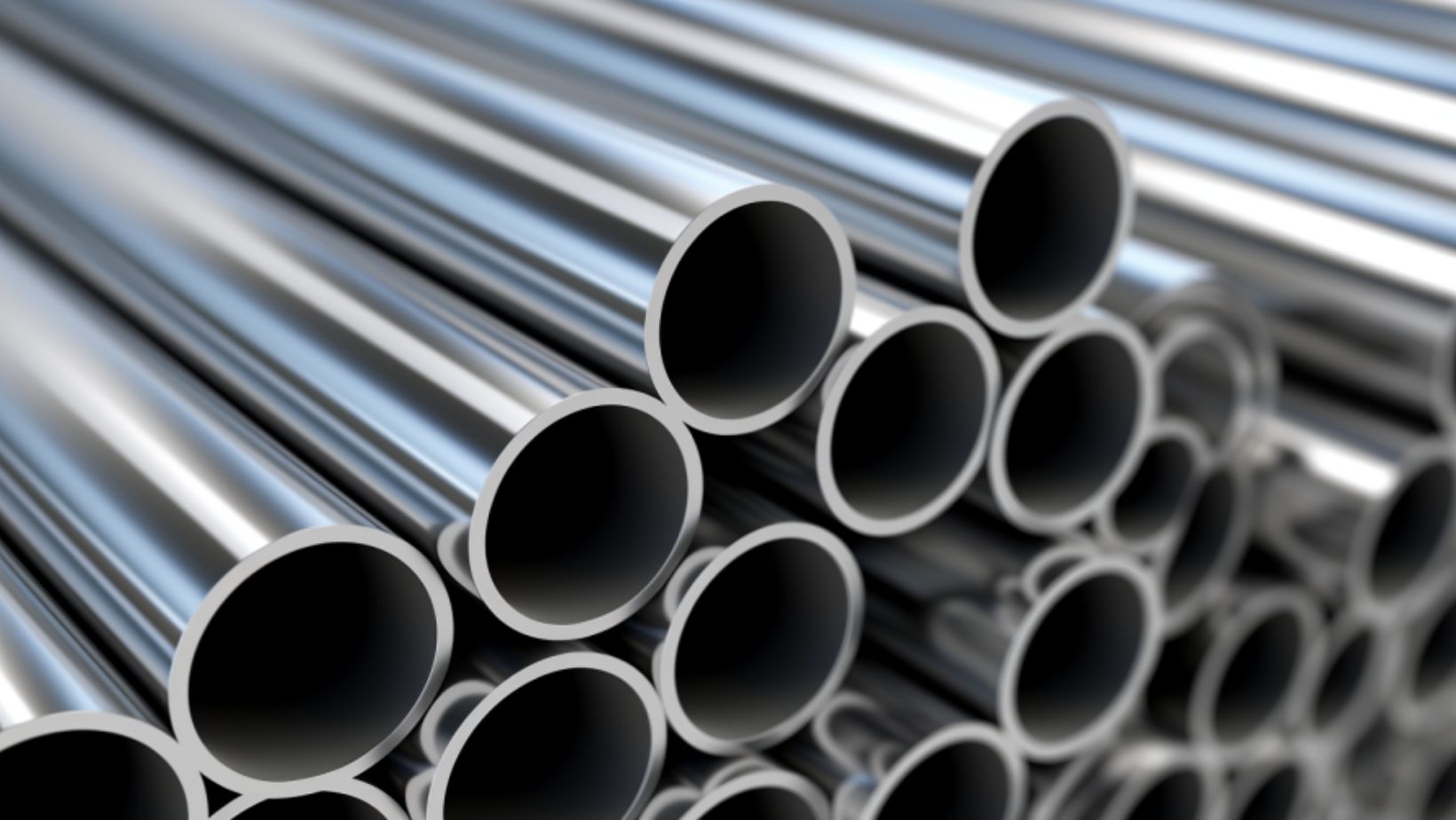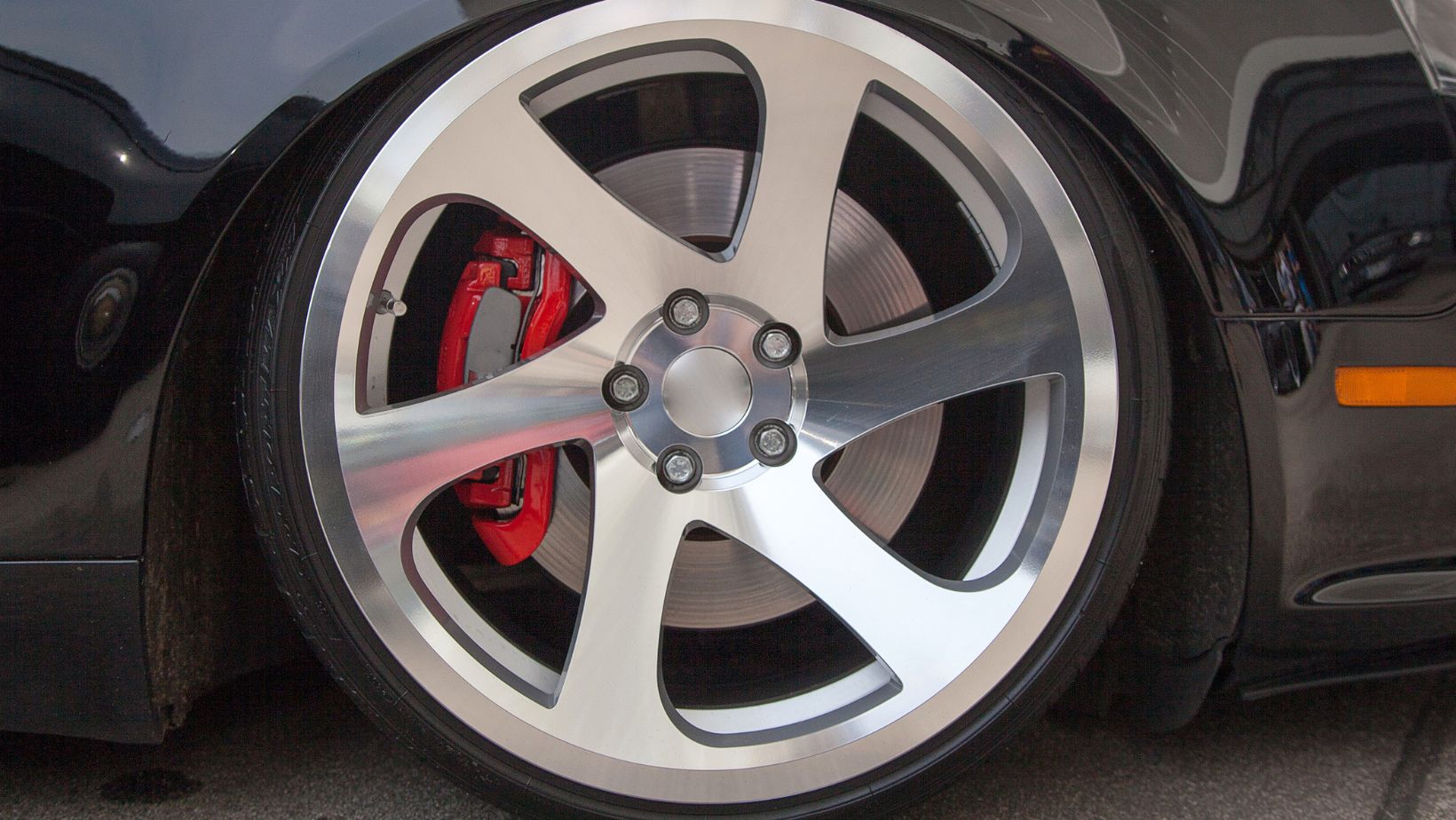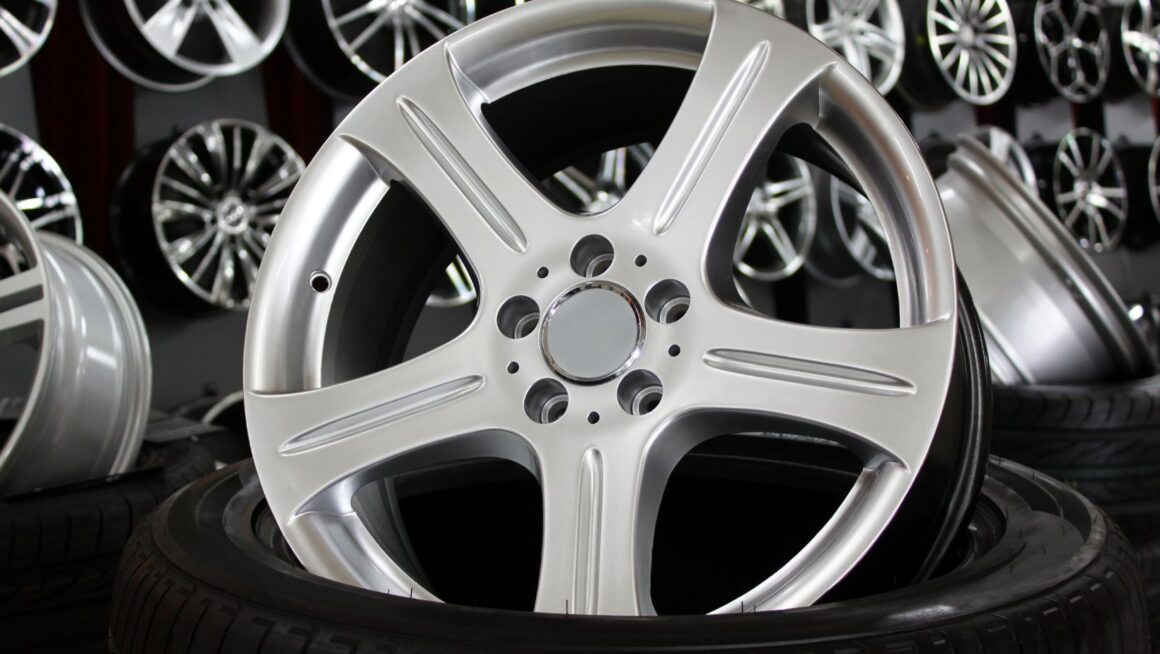The materials used in manufacturing and construction projects play a crucial role in determining the overall cost, performance, and longevity of the end product. In recent years, there has been a growing interest in utilizing premium alloys as an alternative to more traditional materials. While premium alloys often have a higher upfront cost, they provide substantial value through enhanced properties and long-term savings. This article will examine the benefits of premium alloys, with a focus on cost savings, reliability, and sustainability.
What Are Premium Alloys?
Premium alloys refer to metal alloys made from higher purity metals or special compositions to achieve superior properties. Some of the most common premium alloys include stainless steel, high-performance nickel alloys like alloy 718 round bar, titanium alloys, and copper alloys. Compared to standard alloys, premium alloys exhibit higher strength, better corrosion and wear resistance, high-temperature capability, and consistent performance: the controlled production processes and stringent quality testing required for premium alloys result in higher costs. However, the long-term savings attained make the investment worthwhile for many applications.
Premium alloys are specially engineered to withstand extreme conditions, such as high pressure, temperature fluctuations, and corrosive environments. Their exceptional properties enable the construction of lighter, stronger, and more resilient components and structures. This translates to better efficiency, safety, and reliability. Premium alloys are indispensable for critical applications in aerospace, oil and gas, chemical processing, power generation, and specialized equipment manufacturing.
Enhanced Corrosion Resistance Lowers Maintenance Costs
One of the biggest advantages of premium alloys is their excellent corrosion resistance compared to conventional alloys. Corrosion is a ubiquitous problem that causes tremendous damage, requiring extensive repairs or part replacements. This translates to high maintenance costs and lost productivity. Standard carbon steels have limited corrosion resistance, even with protective coatings, requiring frequent inspection and repairs. Even stainless steel may suffer localized corrosion damage under certain conditions.
Premium alloys like Hastelloy, Inconel, and titanium alloys feature advanced compositions that confer superior resistance to a wide range of corrosive agents. They can withstand exposure to harsh chemicals, high salinity, and extreme temperatures while maintaining their integrity. Components made from these alloys retain properties and function reliably over decades with minimal maintenance. The long service life lowers overall lifecycle costs considerably. Critical infrastructure like oil rigs, pipelines, and chemical tankers rely on premium alloys to operate safely with less downtime for repairs.
Lighter Weight Construction with Premium Alloys
Another economic benefit of premium alloys comes from their high strength-to-weight ratio, which allows the building of lighter structures. Alloys like aluminum and titanium have very high strength but low density compared to steel. This enables the design of lighter components and reduces overall system weight in transportation equipment. For example, replacing steel parts with high-strength aluminum alloys in automobiles cuts weight, improving fuel efficiency and performance.

Using lightweight premium alloys in aircraft design drastically reduces aircraft empty weight. This enables larger payloads, longer flights, and better fuel efficiency. Premium alloys also have superior fatigue strength. Components made from these alloys withstand cyclic stresses over years of use without cracking or failure. Constructing critical structural parts using premium alloys results in safer and more reliable engineering systems over the long run. While the alloy itself may cost more, the overall savings from reduced weight justify the investment.
Withstand High Temperatures and Thermal Cycling
Premium alloys outperform ordinary alloys in high-temperature applications. Alloys like Inconel retain strength and resist creep deformation at very high temperatures. They also withstand repeated thermal cycling without cracking or becoming brittle. This high-temperature capability enables designing combustion systems, rocket engines, and gas turbines that operate at higher temperatures. Running at higher temperatures improves system efficiency and output.
For example, nickel-based superalloys make turbine blades for jet engines and power generation equipment that operate for thousands of hours at over 1000°C. Ordinary alloys cannot survive such extreme environments for long without failing. The superior properties of premium alloys translate directly into better performance and reliability. While the initial material cost is higher, it more than pays for itself over years of continuous high-temperature service.
Consistent Performance and Quality
Premium alloys provide more consistent performance parameters owing to tight compositional control and rigorous quality testing during manufacturing. Stringent industry specifications and standards ensure reliable mechanical properties and microstructure. This gives engineers confidence when designing components using published data for the alloy. Stringent quality control also minimizes batch-to-batch variations in material properties.

This consistent predictability enables pushing design limits while maintaining safety margins. Critical applications in aerospace, medical devices, and nuclear energy rely on the consistent quality and performance of premium alloys. For mission-critical systems, the huge costs associated with failure or underperformance justify paying more for premium alloys that deliver dependable properties. The strict quality control and traceability of premium alloys result in lower failure rates in the field.
More Environmentally Sustainable
Premium alloys help create more sustainable and environmentally responsible products compared to standard alloys. Their long service life means replacing components less frequently, resulting in less material consumption over time. Components made from premium alloys can be safely reused or remanufactured at end of service life. This reduces waste generation.
Premium alloys also enable efficient designs that consume less fuel and resources while delivering higher performance. For example, lightweight aircraft and vehicles made with advanced alloys increase transport efficiency. The excellent recyclability of many premium alloys also promotes a circular economy. Specialty alloys are often highly recycled to recover their valuable alloying elements. Premium alloys make many critical technologies and infrastructure that improve quality of life possible. Their strategic use where justified by cost savings and technical performance contributes to global sustainability goals.
Conclusion
Premium alloys provide game-changing material properties tailored to demanding applications. Though premium alloys have a higher first cost, they deliver substantial long-term value through enhanced reliability, lower maintenance costs, lighter-weight construction, high temperature capability, quality consistency, and sustainability. Enterprises that leverage premium alloys strategically reap benefits from their investment over the entire lifecycle of critical capital equipment and infrastructure. With their superior technical capabilities and long-term cost savings, premium alloys will continue enabling advancement across industries.

